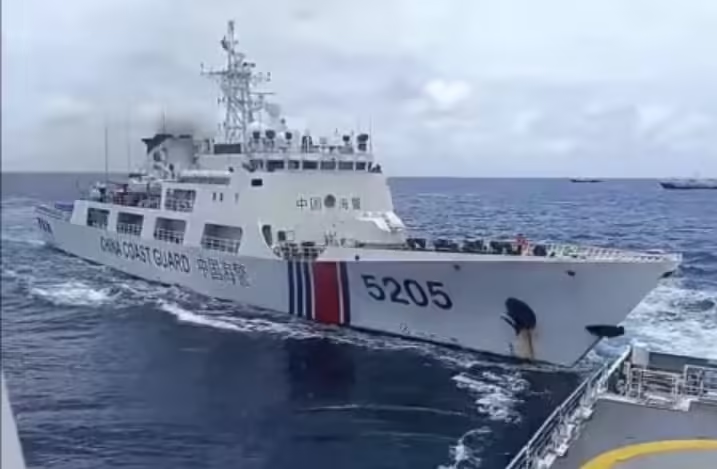Tensions in the South China Sea escalated after a Chinese vessel reportedly rammed a Philippine boat, sparking a strong reaction from the United States. The incident occurred in disputed waters where both China and the Philippines lay territorial claims. The collision took place near the Second Thomas Shoal, a reef in the Spratly Islands, an area frequently contested by the two nations.
In response, the U.S. State Department condemned the Chinese ship’s actions, calling them “dangerous and provocative.” The U.S. reiterated its commitment to the 1951 Mutual Defense Treaty with the Philippines, which obligates the U.S. to defend its ally if it is attacked. A spokesperson stated, “An armed attack on Philippine vessels would invoke U.S. mutual defense commitments.” This strong stance signals the U.S. will not tolerate further aggressive moves by China in the region.
The Philippine government also expressed outrage, with President Ferdinand Marcos Jr. condemning the Chinese actions and calling for international support to uphold maritime law. The Philippines has lodged a diplomatic protest and sought backing from the international community, including fellow Southeast Asian nations and allies like Japan and Australia.
This incident highlights the ongoing struggle for dominance in the South China Sea, a vital waterway for global trade and military strategy. China has increasingly asserted its control over the area through the construction of artificial islands and the deployment of naval forces. The U.S. has regularly conducted “freedom of navigation” operations to challenge Chinese claims, and this latest episode underscores the potential for further conflict in the region.
